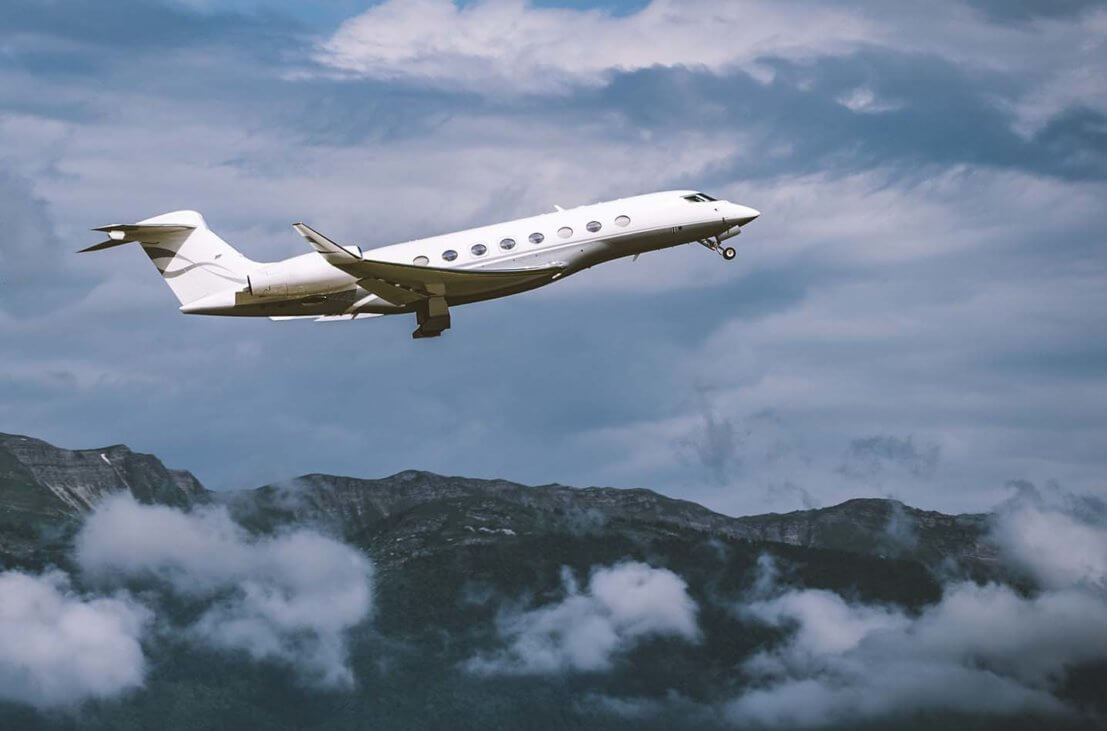
May 2, 2023
Best practices for ramp inspections and future expectations for the inspection program were the topics of the European Union Aviation Safety Agency’s (EASA’s) recent RAMP Industry Forum, where regulators and industry representatives, including NBAA, gathered to discuss the program.
The forum focused on Safety Assessments of Foreign Aircraft (SAFA), or inspection of aircraft based outside of a participating member state, but also included safety assessments of commercial aircraft based in the European Union or other participating member states. The event also highlighted the results of the new alcohol testing program, a focus on inspecting fasteners, bonding wires and the storage of lithium-ion batteries, as well as the new guidance for inspecting general aviation aircraft.
In total, participating member states conduct approximately 10,000 inspections per year, and general aviation inspections continue to account for just 5-7% of the total.
In the past, the inspectors would use the same inspection checklist for commercial and general aviation flights, despite differences in requirements. This was often a point of concern for general aviation crews, who worried they would be held to commercial standards. Fortunately, EASA recently completed an effort to develop inspection standards for non-commercial operations, said Brian Koester, CAM, NBAA director, flight operations and regulations, who attended the forum.
The new inspection guidance is incorporated into the updated RAMP Inspection Manual and pre-described findings. The new manual indicates if standards apply to commercial or non-commercial aircraft, as well as indicate if they apply to aircraft based in the EU or outside.
Read the new ramp inspection manual.
Participating member states share data about inspections and findings, and the FAA has shown interest in joining the program in recent years, which would require inspections of part 129 certificate holders. However, a firm timeline for joining the program is unknown.
The forum has brought attention to missing fasteners and bonding wires for several years. While a single missing fastener is unlikely to cancel a flight, several missing fasteners can do so. Regulators have worked with aircraft manufacturers to determine safe limits for missing fasteners on exterior panels.
“We recommend anyone flying to a participating member state conduct a thorough preflight to ensure all screws, rivets and fasteners are in place on exterior panels,” said Koester.
This year, the panel included a discussion on the proper storage of lithium-ion batteries, which are considered a “dangerous good.” In most cases, these batteries, and the electronic devices that contain them, should be carried into the cabin with the passenger’s hand luggage. Operators should review their dangerous goods storage program to ensure they’re correctly handling these materials.
Alcohol Testing
Forum participants also discussed the impact of the alcohol testing program, which went into effect in February 2021. Since then, SAFA inspectors have tested 9,000 crewmembers, typically, as part of a traditional inspection, and approximately 10% of the time the alcohol tests are conducted as a standalone inspection.
If crews have not flown internationally in the last few years, this additional testing may be surprising, Koester said, adding, inspectors will take crews away from passengers to conduct these tests due to the sensitive nature and perception of these tests.
Moving forward, EASA officials will examine whether the program is prioritizing compliance over safety, options for ensuring the inspection is risk based, as well as methods for inspecting electronic personnel licenses.


 International Business Aviation Council Ltd.
International Business Aviation Council Ltd.